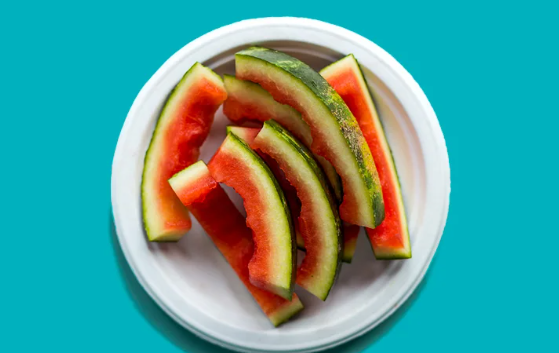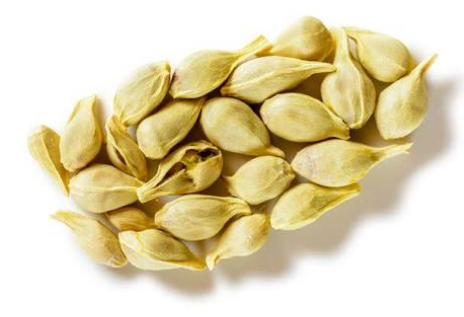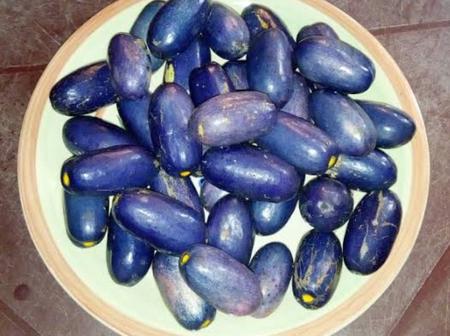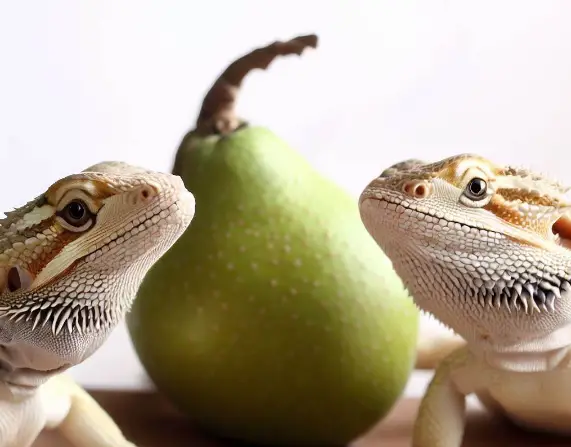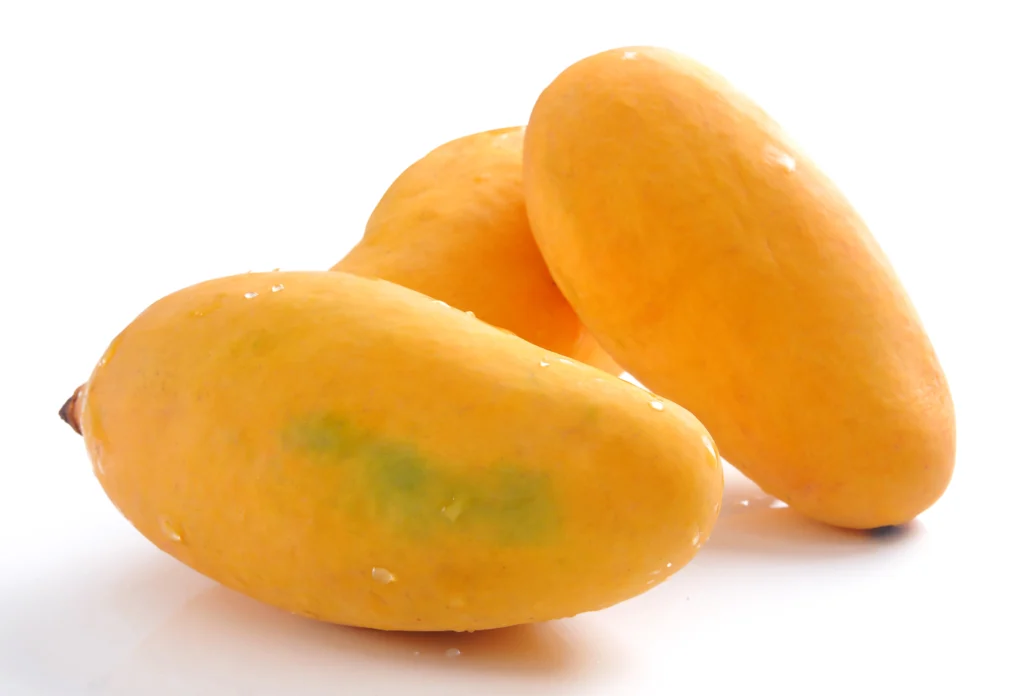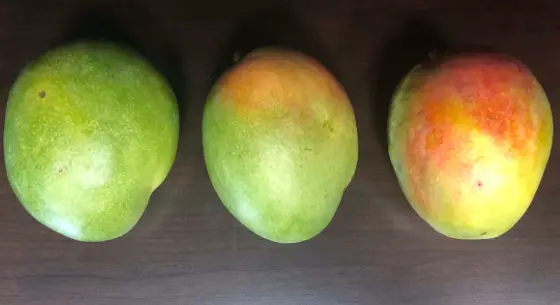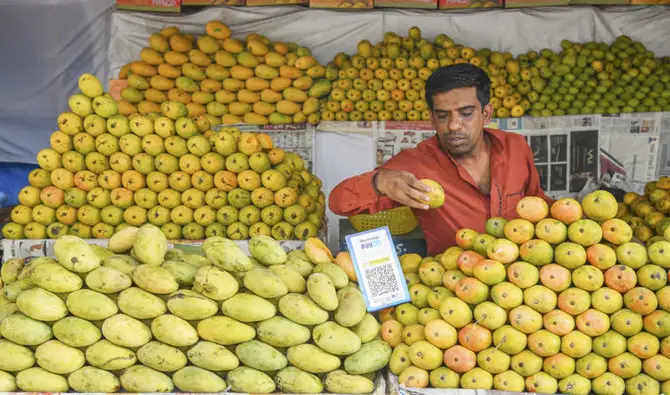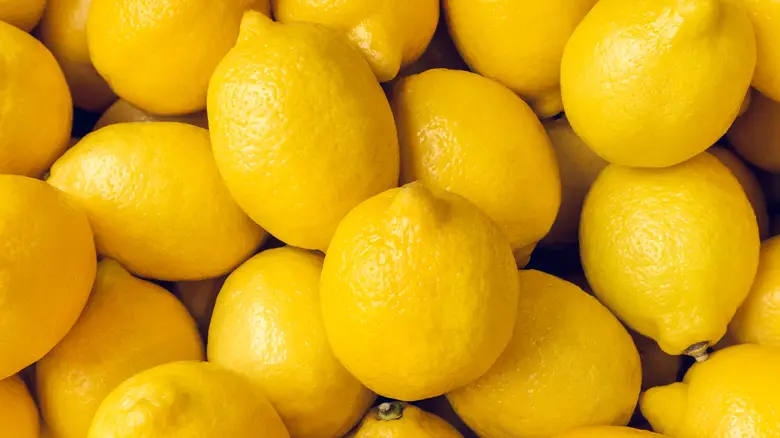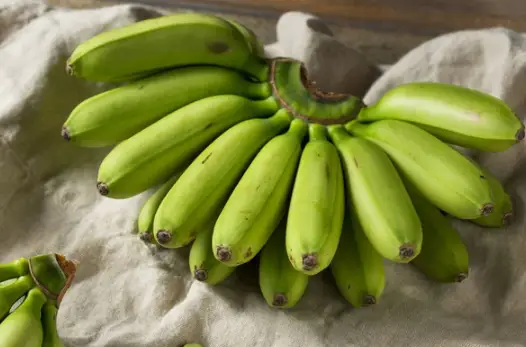Do you love fruits and are curious about the Dominican Republic’s national fruit? Whether you’ve been there or are planning a visit, this article will tell you all about the beloved Passion fruit, known as Chinola in the Dominican Republic. We’ll show you why this fruit is essential to the culture and how it is used in Dominican cooking.
Table of Contents
- What Is the National Fruit Of Dominican Republic?
- The Significance of Passion Fruit in the Dominican Republic
- Passion Fruit’s Cultural and Culinary Importance
- How to Use Passion Fruit in Cooking
- The Nutritional Benefits of Passion Fruit
- Passion Fruit: A Versatile Ingredient
- The Future of Passion Fruit in the Dominican Republic
- Passion Fruit Farming in the Dominican Republic
- Challenges Facing Passion Fruit Production
- How Passion Fruit Can Boost the Dominican Economy
- The Role of Passion Fruit in Sustainable Agriculture
- Passion Fruit’s Environmental Impact
- Discovering the Many Names of Passion Fruit
- Answering Your Questions About Passion Fruit
- Is Passion fruit good for you?
- Can you eat the seeds of Passion fruit?
- What other fruits are grown in the Dominican Republic?
- Is Passion fruit expensive in the Dominican Republic?
- Can you grow Passion fruit in your backyard?
- Wrapping Up Passion Fruit’s Story
What Is the National Fruit Of Dominican Republic?
The beloved Passion fruit, or Chinola, is the Dominican Republic’s national fruit. People in this Caribbean country love it for its unique taste and many different uses. It also helps the country’s economy a lot.
Passion fruit is a tropical fruit that hangs from a vine. It has a tough skin that can be wrinkly and comes in colors like dark purple and yellow. Inside, you’ll find a tasty, juicy inside with seeds you can eat. It tastes both sweet and tangy, and smells a bit like flowers.
This fruit started out in South America but now grows in many warm places across the world, like the Dominican Republic. People use it to give a yummy passion fruit taste to sweets, drinks, and different sauces. And some enjoy it all by itself as a snack.
The Significance of Passion Fruit in the Dominican Republic
As we mentioned before, Passion fruit is more than a simple fruit in the Dominican Republic – it represents the nation. There’s a bunch of tropical fruits there, like mangoes, pineapples, and guavas, but Passion fruit has a special place in Dominican people’s lives. It’s a pretty strong symbol of who they are and appears in lots of Dominican food and drinks. The fruit is so important here that it’s been named the national fruit.
Passion Fruit’s Cultural and Culinary Importance
This fruit has been in Dominican recipes for a very long time. It shows up in La Bandera, a national dish made of rice, beans, and meat, often with some passion fruit juice on the side.
It’s also a star in desserts like pudding (flan), cake, or ice cream, thanks to its tangy flavor that mixes well with sweet tastes.
How to Use Passion Fruit in Cooking
If you want to try cooking with Passion fruit, there are lots of ways to use it. Here are a few suggestions:
- Blend it into smoothies or juices to make them tastier and healthier.
- Sprinkle it over yogurt, oatmeal, or pancakes.
- Create a Passion fruit salad dressing that’s tangy and delicious.
- Marinate meats or seafood with it for a tropical twist.
The Nutritional Benefits of Passion Fruit
Passion fruit isn’t just yummy – it’s also full of good stuff for you. It’s loaded with vitamins A and C, potassium, and fiber. It’s even got antioxidants that help keep your body cells healthy.
Passion Fruit: A Versatile Ingredient
This tropical delight is not only great in food; it also has uses in perfumes, soaps, and beauty products. Some hair care products have passion fruit extract to help make your hair strong and shiny.
The Future of Passion Fruit in the Dominican Republic
Passion fruit has been a big crop in the Dominican Republic for a while and people want it more and more. The country is working on growing the fruit in a way that’s good for the Earth, so it can keep making passion fruits for a long time.
Passion Fruit Farming in the Dominican Republic
In places like La Vega province, where some of the best Passion fruits come from, farming is a big deal. They usually pick the fruit between July and November, and the vines keep making fruits for up to five years.
Challenges Facing Passion Fruit Production
Of course, growing Passion fruit isn’t always easy. Bugs and diseases can really hurt the fruit and make less of it grow. But the Dominican Republic is working hard to keep the pests away and stop diseases from spreading.
How Passion Fruit Can Boost the Dominican Economy
Passion fruit can really help the country’s economy. It gives jobs to folks who grow, pick, and sell the fruit, and even those who send it to other countries. Plus, when they sell the fruit outside of the country, it brings in a lot of money.
The Role of Passion Fruit in Sustainable Agriculture
Farming in a way that’s good for the environment is super important for making sure the passion fruit business keeps going strong.
Things like using natural plant food, saving water, and not using too many bug-killing chemicals help the Earth stay healthy. And when farmers do these things, they grow really nice fruit, too.
Passion Fruit’s Environmental Impact
Growing Passion fruit can be good and bad for the environment. It’s good because it can stop people from cutting down forests for other kinds of farming. But, if the farmers aren’t careful, it can also hurt the soil and water. So it’s really important to farm the right way.
Discovering the Many Names of Passion Fruit
Around the globe, passion fruit goes by various names. In the Dominican Republic, people call it Chinola. Elsewhere you might hear Maracuja, Parcha, or Granadilla. No matter the name, this fruit is well-loved for its unique taste and how you can use it in many ways.
Answering Your Questions About Passion Fruit
Is Passion fruit good for you?
Absolutely, Passion fruit is packed with essential vitamins and minerals. It’s also high in fibre, and full of antioxidants that are beneficial for your health.
Can you eat the seeds of Passion fruit?
Indeed, you can eat the seeds of Passion fruit. They’re typically consumed along with the juicy pulp.
What other fruits are grown in the Dominican Republic?
This tropical nation grows an assortment of fruits such as sweet mangoes, juicy pineapples, ripe guavas, and lush papayas.
Is Passion fruit expensive in the Dominican Republic?
Not at all – passion fruit is quite affordable in the Dominican Republic. It’s commonly grown there and easy to find.
Can you grow Passion fruit in your backyard?
Yes, you can cultivate Passion fruit at home if the weather is warm and the plants get plenty of sunlight and water.
Wrapping Up Passion Fruit’s Story
In the Dominican Republic, passion fruit, known as Chinola, is much more than a fruit. It is part of the country’s heart and helps the economy. The fruit’s unique flavor makes it a favorite for cooking and even in beauty items.
Like any other crop, passion fruit growers in the Dominican Republic do face problems like pests and plant diseases. However, with the right farming methods and some help from the government, passion fruit farming could be a big boost for the nation’s money matters.
People nowadays are on the lookout for healthy and exotic fruits. The love for passion fruit is likely to get even bigger. This is good news for the Dominican Republic because it means their passion fruit has a bright future.
